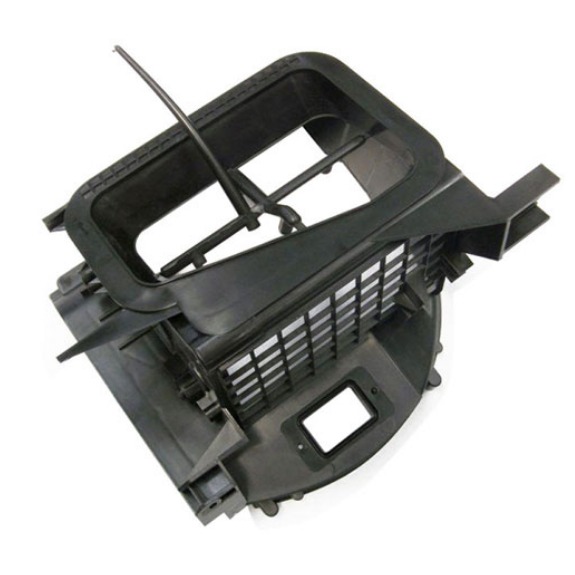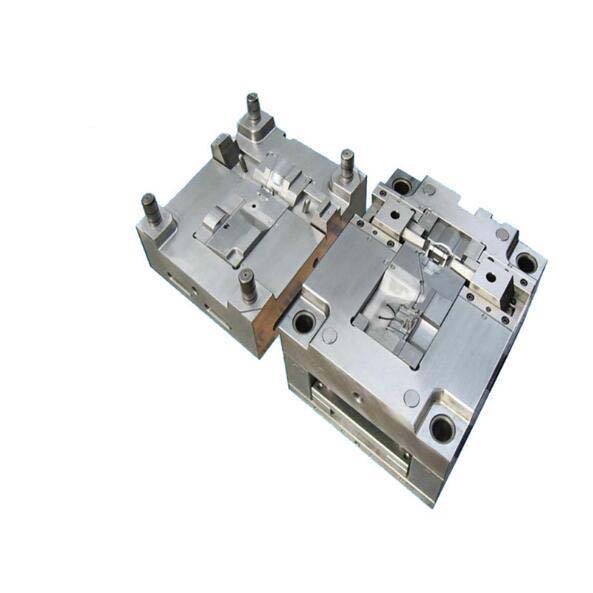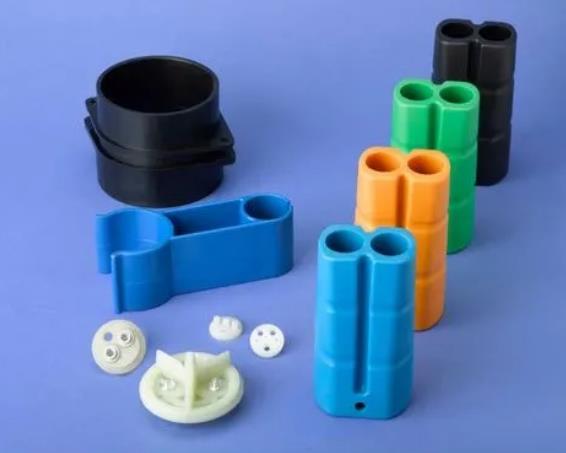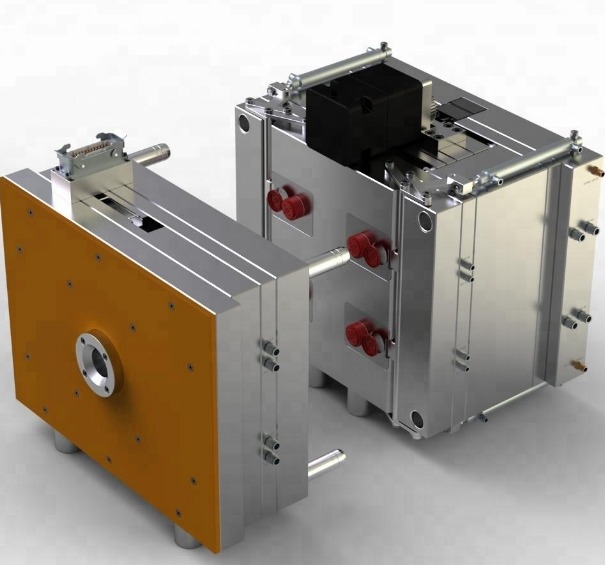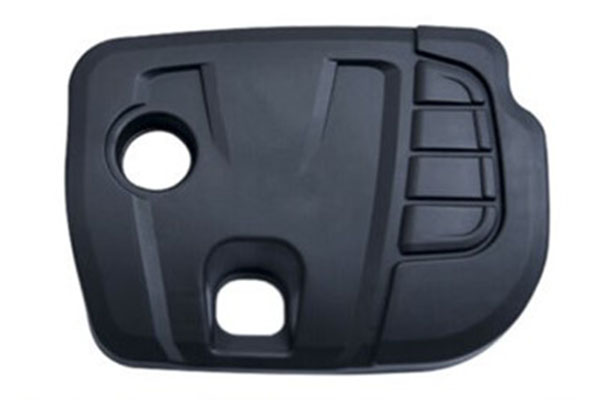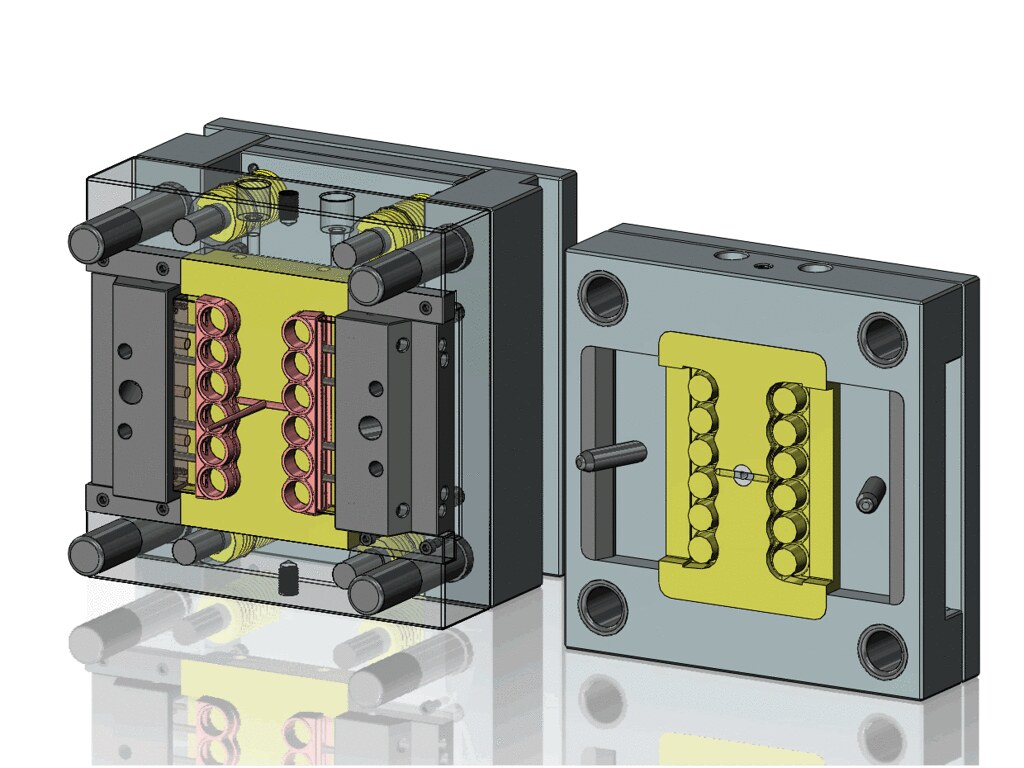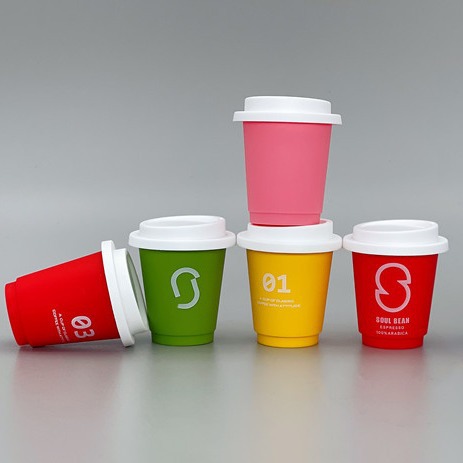Introduction
In the world of manufacturing, the injection molding process stands as a cornerstone for producing a vast array of plastic products that surround us in our daily lives, from the tiny components in our electronic devices to the large casings of household appliances. At the heart of a successful injection molding operation lies the Injection Molding Process Parameter Sheet.
The Significance of the Injection Molding Process Parameter Sheet
Think of the parameter sheet as the blueprint or the instruction manual for the injection molding machine. It details every crucial setting and value required to transform raw plastic pellets into a perfectly formed product. These parameters are not just random numbers; they are the result of careful calculations, industry experience, and often, trial - and - error.
For instance, the temperature settings play a pivotal role. The melting temperature of the plastic must be precisely controlled. If it's too low, the plastic won't flow smoothly into the mold cavities, leading to incomplete fills or poor surface finishes. On the other hand, if the temperature is too high, the plastic may degrade, changing its chemical and physical properties, and resulting in a defective product. A study by the Society of Plastics Engineers found that improper temperature control is responsible for over 30% of injection molding defects.
Injection pressure and speed are also key parameters. The right injection pressure ensures that the molten plastic reaches every nook and cranny of the mold. Too little pressure, and you might end up with short shots, where the plastic doesn't fully fill the mold. Too much pressure can cause flash, where the plastic leaks out between the mold halves, creating unwanted excess material on the product. Similarly, the injection speed affects how quickly the plastic fills the mold. A slow speed might cause the plastic to cool prematurely in the runner system, while a high - speed injection can introduce air traps or cause jetting, which is the uneven flow of plastic into the mold.
The injection molding process parameter sheet also includes details about the cooling time. Cooling is when the plastic solidifies into the final product shape. An insufficient cooling time can lead to warping, as the plastic hasn't fully hardened before being ejected from the mold. By contrast, an overly long cooling time reduces production efficiency and increases costs.
In essence, the Injection Molding Process Parameter Sheet is the key to achieving consistent product quality, high production efficiency, and cost - effective manufacturing in the injection molding process. In the following sections, we will break down the different types of parameters found on this sheet and how beginners can understand and optimize them.
How to Create an Injection Molding Process Parameter Sheet
Understanding Your Product and Material
Before you start filling out the parameter sheet, a deep understanding of your product and the plastic material you'll be using is essential.
Product - Specific Considerations:
- Shape and Complexity: A simple, flat - shaped product will have different requirements compared to a highly complex one with intricate details, undercuts, and thin - walled sections. For example, a smartphone case has multiple cutouts for ports and buttons, and its production requires precise control over injection pressure to ensure all the small features are properly formed.
- Size: Larger products may need higher injection volumes and longer cooling times. A large plastic storage bin, for instance, will require more plastic material to be injected and a longer cooling period to solidify evenly throughout its mass.
- Function: If the product has specific functional requirements like high - strength for mechanical applications or chemical resistance for use in a corrosive environment, the choice of material and process parameters will be affected. A component in an automotive engine, which needs to withstand high temperatures and mechanical stress, will demand a heat - resistant and high - strength plastic such as polypropylene with glass fiber reinforcement.
Material - Specific Considerations:
Different plastic materials have unique characteristics that dictate the process parameters.
- ABS (Acrylonitrile Butadiene Styrene): ABS has good impact resistance, dimensional stability, and surface finish. It typically has a melting temperature range of 200 - 250°C. During injection, it requires a relatively high injection pressure, usually around 80 - 150 MPa, to ensure proper filling of the mold due to its moderate viscosity.
- PP (Polypropylene): PP is a semi - crystalline polymer known for its low density, good chemical resistance, and high heat resistance. Its melting temperature is around 160 - 170°C. PP has a lower viscosity compared to ABS, so it can be processed at a lower injection pressure, often in the range of 50 - 100 MPa. However, due to its semi - crystalline nature, it may require a longer cooling time to achieve proper crystallization and dimensional stability.
Step - by - Step Parameter Setting
- Clamping Stage
- Clamping Force: This is the force exerted by the injection molding machine to keep the mold closed during injection. Calculate the required clamping force based on the projected area of the part in the mold and the maximum injection pressure. For example, if the projected area of the part is 100 square centimeters and the maximum injection pressure is 100 MPa, the required clamping force is \(100\ cm^{2}\times100\ MPa = 10000\ N\) (or 10 kN).
- Clamping Speed:
- Fast Closing: In the initial fast - closing stage, for a simple two - plate mold, the speed can be set relatively high, around 55 - 75% of the maximum speed of the machine. This helps to quickly bring the mold halves close together. The pressure during this stage can be set at 50 - 75% of the maximum available pressure.
- Medium Closing: After the fast - closing stage, the speed is reduced to a medium level (30 - 50% of the maximum speed) when the mold halves are getting closer. The pressure is also decreased to 20 - 45% to prevent damage to the mold or any inserts.
- Low - Pressure Closing: Just before the mold halves meet, a low - pressure and low - speed setting (speed 15 - 25% and pressure 1 - 2% or 5 - 15% depending on the machine) is used to protect the mold from closing too forcefully and damaging delicate components.
- High - Pressure Closing: Once the mold is in the correct position, high - pressure is applied to ensure a tight seal. The high - pressure position is usually pre - set by the machine manufacturer, and the speed is set slightly higher than the low - pressure closing speed (around 30 - 35%), while the pressure is adjusted according to the mold requirements, typically in the range of 55 - 85%.
- Heating and Melting Stage
- Barrel Temperature Zones: The barrel of the injection molding machine is divided into multiple temperature zones. The general rule is that the temperature should gradually decrease from the nozzle to the hopper. For example, for a common thermoplastic like polyethylene, the nozzle temperature might be set at 220°C, the zone closest to the nozzle at 210°C, the middle zone at 200°C, and the zone near the hopper at 190°C. This temperature gradient helps in proper melting and flow of the plastic. If the temperature at the hopper is too high, it can cause premature melting and blockage of the feed system.
- Nozzle Temperature: The nozzle temperature is crucial as it directly affects the flow of the molten plastic into the mold. In some cases, if the plastic has a tendency to stick or string at the nozzle, the nozzle temperature may need to be adjusted. For example, for materials like polycarbonate, which can be sensitive to temperature variations, the nozzle temperature needs to be carefully controlled within a narrow range to ensure smooth injection without causing any issues like drooling or inconsistent flow.
- Injection Stage
- Injection Pressure: The injection pressure should be set to ensure that the molten plastic fills the mold completely. For small, simple parts, a lower injection pressure may be sufficient, while complex parts with long flow paths or thin - walled sections may require higher pressures. A trial - and - error approach can be used initially, starting with a moderate pressure and gradually increasing it if there are issues like short shots.
- Injection Speed: The injection speed affects how quickly the plastic fills the mold. A slow injection speed may lead to premature cooling of the plastic in the runner system, while a high - speed injection can cause problems such as air traps or jetting. For parts with a complex geometry, a variable injection speed profile may be used, where the speed is adjusted at different stages of the filling process.
- Holding Pressure and Cooling Stage
- Holding Pressure: After the mold is filled, a holding pressure is applied to compensate for the shrinkage of the plastic as it cools. The holding pressure is usually lower than the injection pressure, typically around 30 - 60% of the injection pressure. The duration of the holding pressure also needs to be optimized; too short a duration can result in sink marks, while too long can cause excessive stress in the part.
- Cooling Time: The cooling time is determined by the thickness of the part, the material used, and the desired dimensional accuracy. As a general rule, thicker parts require longer cooling times. For example, a part with a wall thickness of 3 mm may require a cooling time of 20 - 30 seconds, while a part with a 1 - mm wall thickness may only need 5 - 10 seconds. Cooling channels within the mold play a crucial role in removing heat efficiently and ensuring uniform cooling.
Yigu Technology's Perspective
As a non - standard plastic metal products custom supplier, Yigu Technology deeply understands the significance of the Injection Molding Process Parameter Sheet. With years of experience in the field, we know that each product and material combination is unique, and thus requires a tailored approach to parameter setting.
We have a team of experts who are proficient in analyzing product requirements and material properties. Based on this analysis, we can provide customers with professional advice on setting appropriate injection molding process parameters. For example, when dealing with complex plastic - metal composite products, we take into account the different thermal expansion coefficients of plastics and metals, and adjust parameters such as temperature and injection pressure accordingly to ensure a perfect bond between the two materials and high - quality product formation. By optimizing the parameter sheet, we help our customers achieve high - efficiency production, reduce waste, and ultimately produce products that meet or exceed market standards.
FAQ
What is the most critical parameter in injection molding?
There isn't a single most critical parameter in injection molding as multiple factors are crucial and interact with each other. Injection pressure is vital as it determines whether the molten plastic can fill the mold cavities completely. Insufficient pressure leads to short shots, while excessive pressure causes flash. Temperature, including barrel and mold temperature, is also key. Barrel temperature affects plastic melting and flowability, and mold temperature influences the cooling rate and final product quality. Time - related parameters such as injection time, holding pressure time, and cooling time are equally important. For example, an improper cooling time can result in warping or incomplete solidification. In essence, all these parameters need to be carefully considered and balanced for a successful injection molding process.
How can I adjust the parameters to reduce product shrinkage?
To reduce product shrinkage, you can take several parameter - adjustment measures. First, increase the holding pressure and time. Holding pressure compensates for the shrinkage of the plastic as it cools. A higher holding pressure and a longer holding time can help to fill the mold cavity more effectively and reduce shrinkage. Second, control the mold temperature and cooling time. A lower mold temperature can speed up the cooling process, which in some cases can reduce shrinkage, but it needs to be balanced to avoid other issues like warping. Also, an appropriate cooling time ensures that the plastic solidifies evenly, minimizing shrinkage. For instance, for a semi - crystalline plastic like polypropylene, proper cooling time is crucial to achieve the right degree of crystallization and reduce shrinkage.
Do different plastic materials require significantly different parameter settings?
Yes, different plastic materials require significantly different parameter settings. Each plastic has unique properties such as melting point, flowability, and shrinkage rate. For example, polycarbonate has a high melting point, usually around 220 - 260°C, and requires higher barrel and nozzle temperatures compared to materials like polystyrene which has a melting point in the range of 180 - 240°C. In terms of flowability, low - density polyethylene (LDPE) has better flowability than acrylonitrile butadiene styrene (ABS), so it can be processed at a lower injection pressure. The shrinkage rate also varies; semi - crystalline plastics like polypropylene generally have a higher shrinkage rate than amorphous plastics like polystyrene, which means different cooling and holding pressure strategies are needed.
